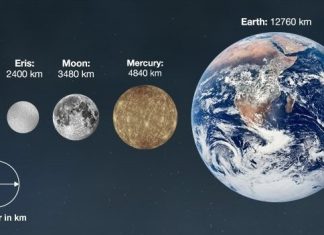
The tiny engine could one day be used in nanorobotics.
University of Cambridge physicists have created an engine that is one million times smaller than an ant.
The microscopic prototype contraption, which is actually a fully operational engine, works using a combination of gold particles, laser beams and a physics principle called van der Waals forces.
Inside, the engine contains clumps of gold particles embedded within a watery polymer gel. When lasers are fired at this gel it heats up, expelling the water and causing the particles to stick together.
Once the gel cools the water is soaked up again and the particles violently snap apart.
“It’s like an explosion,” said study author Tao Ding. “We have hundreds of gold balls flying apart in a millionth of a second when water molecules inflate the polymers around them.”
Despite its tiny size this remarkable little engine is actually highly efficient.
“We can get 10 nano-Newton forces, about ten to a hundred times more force per unit weight than any known other machine, from jet engines to molecular motors,” said Prof Jeremy Baumberg.
The device is the researchers’ first attempt at building a nanorobot motor and could eventually be used to propel tiny beneficial machines around the insides of the human body.
“We would say that this is really going to be the basis for ‘practical’ nanoscale engines,” said Prof Baumberg. “You need huge forces to make practical devices, and no one has made these before.”













